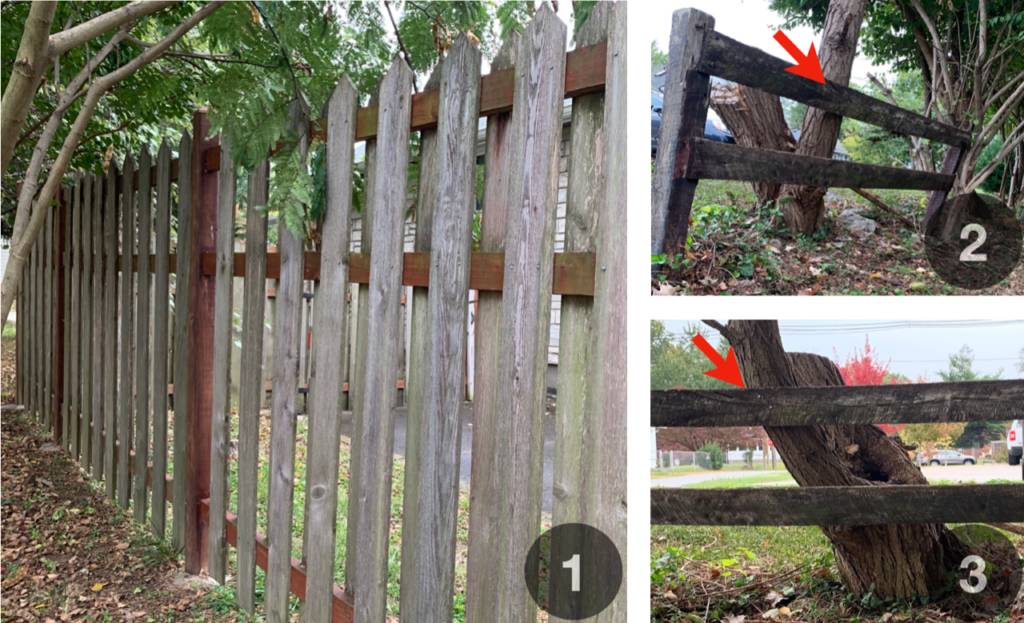Home improvements are normally performed for one of two reasons. We typically give our input on design and renovation to help increase home values and the personal enjoyment of the owners. When planning home improvements, always consider the short and long term benefits. And feel free to give us a call. We’re happy to discuss improvements with you. We are in hundreds and hundreds of homes each year. We see some outstanding home improvements. AND we meet some outstanding renovators. We’ll exchange thoughts and ideas with you to help you make informed decisions on improvements and their return on investment.
SIX GREAT HOME IMPROVEMENTS
Posted by John Nitzken
Here are 6 great home improvements that, when done properly, increase your home value and quality of life:
KITCHEN RENOVATION
New Cabinets, New Counter Tops, New Fixtures, New Paint, New Configuration, New Appliances, New Kitchen Floor. All of these or just some can make a tremendous improvement in value and enjoyment. We’re happy to share our thoughts and experiences. Give us a call.
BATHROOM ADDITION OR RENOVATION
If you have a one bath home, you can definitely increase value and enjoyment by adding a bath. Chances are you already have the space and just a few minor wall reconfigurations can make “the room”. Maybe you have a home with bathrooms that need renovation. This is one home improvement, that when planned properly, can yield huge dividends.
REPURPOSE A ROOM
No need to reinvent the wheel here. Simply repurpose a room to use more the space more effectively and/or efficiently.
ENERGY EFFICIENCIES
New Windows, High Efficiency Heating and Air Conditioning Systems and Extra Insulation are excellent improvements that can increase value, improve quality of life and reduce your monthly utility bills. A Win, Win, Win!
OUTDOOR PATIOS AND DECKS
Consider bringing the great outdoors into your improvement ideas. What a great way to enjoy dining and drinking Alfresco!
FLOORS AND PAINT
A great home improvement for even the most modest budgets. But unless your home is your “Forever Home” – you’ll definitely want the opinion of professionals. The right color combinations and floors can have a huge impact on how your home feels to you, your guests and potential buyers.
“GOOD FENCES MAKE GOOD NEIGHBORS” Robert Frost
Posted by John Nitzken, 10/21/19

Picture 1 above is an example of a fence my son Dan Nitzken and I built in 2012. It is a combination of TREATED LUMBER (Pine) and CEDAR. The posts and runners are treated lumber that Dan and I stained with Cabot’s Australian Timberwood Oil. The pickets are cedar left natural. The posts are in concrete that is 24 inches deep below the ground surface. It’s as straight and strong as it was the day we built it. My hope is that 100 years from now, it will still be standing, just like the one on the back of our office property which is over 100 years old. Picture 2 and 3 above are of the “last standing” section of fence on the back property line of our office. This fence is over 100 years old and was the posts were simply put into the ground without concrete. Over the years, this fence was moved out of the way by “fence line trees” planted by birds. I’ve been hanging onto this last section for sentimental value, but will soon replace it with a new fence to run across the back line that will replicate the old one. The red arrows are pointing to some stainless steel screws I used to anchor the fence section to an invading tree. For now it works. We’ll show a picture of the new fence after we get around to building it. Stay tuned.
Many homeowners choose to add a fence to their property. Some do the work themselves and some hire a contractor. Whatever the case, this post will discuss key points and considerations when adding a fence to your property.
1-Make sure you add the fence to YOUR property
IF you have any doubt about where your property lines, it’s not a bad idea to have a professional land surveyor perform a simple Boundary Survey (sometimes called a Staked Survey). The actual cost of a survey is influenced by the size and shape of the land that needs to be surveyed, the property terrain, and surveyor demand. Some surveyors offer a set price for an average traditional size lot. For more complicated or irregular properties, sometimes the cost will be based on a per-hour cost or per-acre cost. As with most things – make some calls, get estimates and be sure to discuss with surveyors in advance, how quickly they can perform the survey and what the cost should be.
2-Develop a budget
The expense for your fence will depend on style and quality of material used. It also will depend on the amount of fence you install. Give thought to install the fence several feet inside of your property line. This not only decreases your material and labor cost – but also creates room on the outside of the fence for landscaping and maintenance.
3-Discuss your plans with your neighbors
Good fences make good neighbors and good communication with your neighbors earns you bonus points. Its just a common courtesy to share your plans with your immediate neighbor(s).
4-Check with your local city building permits department
Many local jurisdictions require a building permit for fences. This is to make sure construction of the fence is within height limits and yard set-back.
5-Consider the purpose
Usually a fence serves more than one purpose but typically it has a primary function. Consider why you want a fence and keep this in mind as you design and build. The most common reasons are to keep children and pets in your yard, or to keep people and animals out of your yard. Some fences are installed to create privacy or security while others are simply installed for decoration. Whatever your reason, it will effect the style and cost.
6-Consider the maintenance
Some of the least expensive and lowest maintenance costs are wire and chain link fences. Plastic, Wood, Iron, Steel and Masonry (Brick and Block) are more expensive. Some creative individuals have created some very interesting fences with recycled material like old iron security doors, old wood doors, corrugated metal and other unique items. Different materials will require different maintenance. Painted wood fences require more upkeep than unpainted wood. Some metal will rust and require upkeep. Plastic can become brittle from the heat and Sun sometimes breaking and requiring repair. Is there a “maintenance free” fence material? Probably not – however there are many types of fences that require less maintenance than others.
7-Consider the climate
Rain, Sun, Snow, Wind and Plant growth can significantly stress a fence and lead to expensive repairs. When planning your fence, plan for the elements. Some tips to keep in mind are:
- Set fence posts in holes in the ground that extends below the frost line for your area (in Louisville, KY that usually means at least 18-24” below the ground) and secure with concrete. Doing so will prevent the freezing ground water from lifting and destabilizing your fence.
- Set your fence posts a consistent distance apart (preferably 8ft). This means from the center of one post to the center of another – you will have 96”. This enables you to utilize common sized material for “runners” (the horizontal boards that connect posts). Common sized material for runners most often come in standard 8ft lengths. It also minimizes installation labor by reducing cuts, and keeps fence panel spans to a manageable weight for the runners to support.
- Allow your fence to breath. Air-flow helps your fence stay dry and when air can flow through your fence, it doesn’t damage it. High winds pushing against a solid fence will normally become the “prevailing winds” which will wear-out your fence.
8-Research, Plan, and in the end, Enjoy the results!

